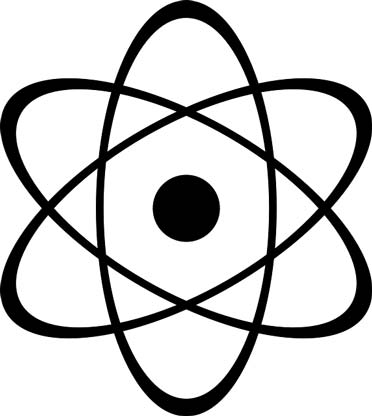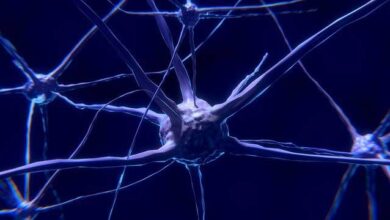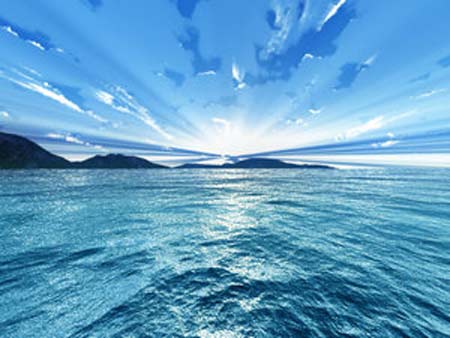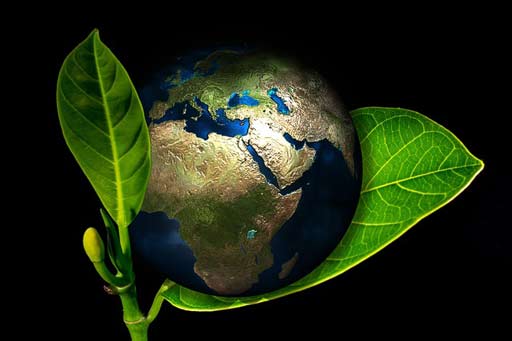Radioactive levels of Carbon in deep sea rising alarmingly warn scientists

The impact of pollution spread by humans is reaching faster than expected from the depths of the sea. Scientists have found the presence of radioactive carbon in the organisms of Mariana Trench, considered to be the deepest sea trough of the Earth. Located 200 kilometers east of the Mariana Islands in the western Pacific Ocean, this Mariana Trench has a depth of about 11 kilometers. This radioactive carbon was spread in the atmosphere in the last century due to nuclear tests.
According to a study published in Geophysical Research Letters, living organisms on the surface of the sea are directly affected by pollution in the environment. After death, these creatures reach sea floor. The dead animals are food for the living creatures in the deep sea. Through the same food chain, pollution of the environment reaches the sea trough more quickly than expected.
Scientist Ning Wang of the Chinese Academy of Sciences said, “The process of reaching radioactive carbon water reaching the sea takes hundreds of years. But by becoming part of the food cycle, this carbon makes its reach there very fast. ‘ Another scientist said, “Between the upper surface and the bottom there is a strong cycle through the biological arrangement. Due to this cycle, the habit of humans can affect the animals living below 11,000 meters in the sea. This was not the first guess, but it can be easily understood. So in the future, we have to be cautious about our behavior. “
These results have also helped scientists to understand how organisms nourish their low nutritional environments. There is too much pressure and the temperature is very low. Scientists found that metabolism of organisms found there works very slowly. This slowness helps in surviving of these organisms in complex environment.
What is Radioactive Carbon?
Carbon-14 is a radioactive carbon. It is naturally formed from the presence of nitrogen in the environment, due to contact with the celestial rays. Its presence is extremely low compared to normal carbon in nature. However, it is a fraction of almost every biological element. During various archeological and geological surveys, scientists detect their time with the help of this carbon.
Levels raised by nuclear tests
In the 1950s and 1960s, carbon-14 was formed by the action of nitrogen released during the trial of atomic weapons and nitrogen in the atmosphere. This makes the level of carbon-14 present in the environment almost doubled. In the mid-1960s, this was the highest level of carbon due to the bomb. Then, after the end of the nuclear tests, it started to decline. In the 1990s, the level of carbon-14 was substantially reduced.
Due to testing of atomic bombs, the carbon-14 found in the surface of the ocean falling down from the atmosphere. In those decades, Carbon-14 played a role in the production of cells on the ocean surface. In the years since the onset of nuclear tests, scientists found the level of carbon-14 increased in marine organisms.









